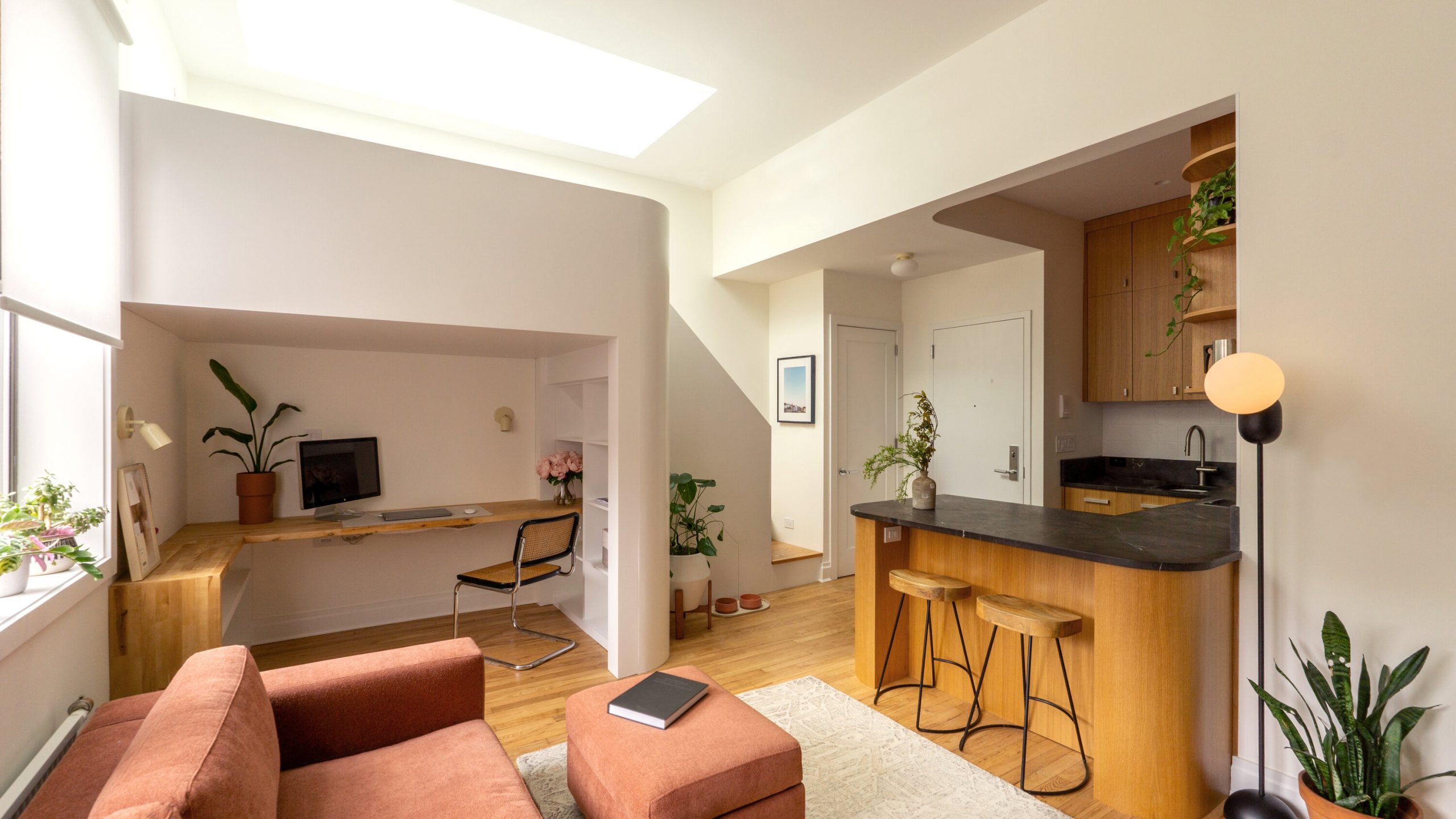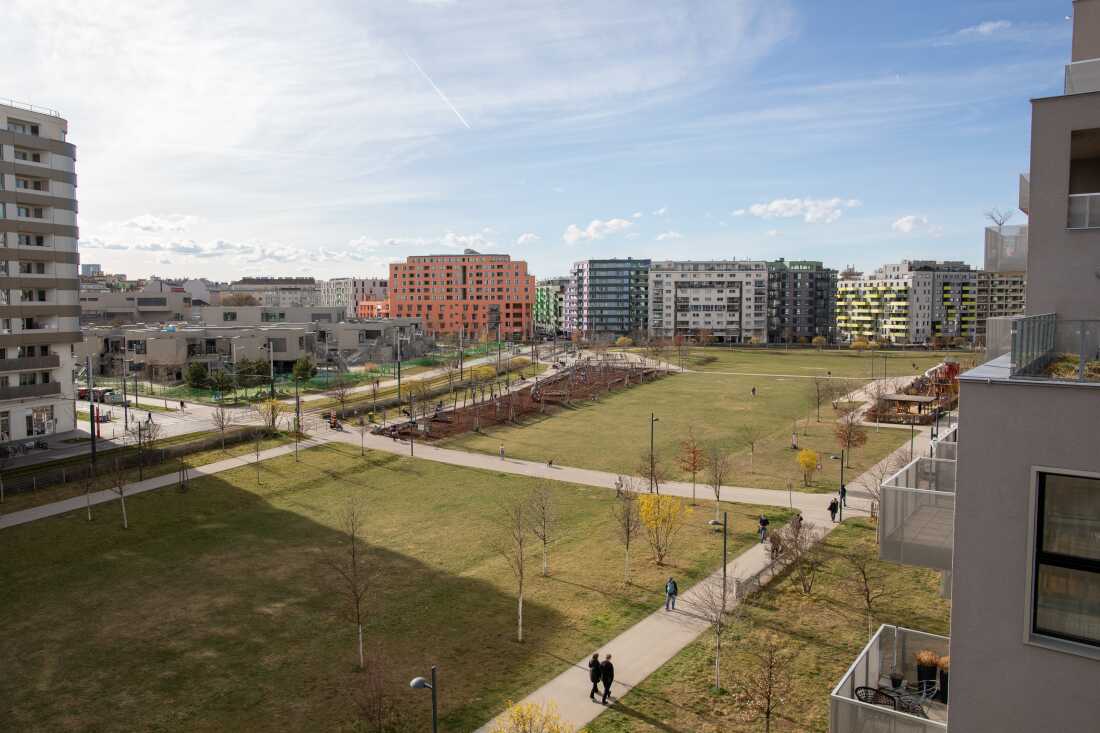Let’s be honest—city living isn’t getting any cheaper. Rent prices are soaring, and for many, the dream of owning a home feels like a distant fantasy. Enter co-living spaces: the modern answer to urban housing woes. These shared living arrangements aren’t just for students or digital nomads anymore. They’re reshaping how people live in cities—and, in turn, shaking up real estate markets.
What Exactly Is Co-Living?
Co-living is, well, exactly what it sounds like. Residents share living spaces—kitchens, lounges, sometimes even bathrooms—while having private bedrooms. Think of it as a hybrid between a dorm and a boutique apartment complex. But here’s the kicker: it’s not just about splitting rent. These spaces often come with perks like cleaning services, community events, and flexible leases.
And it’s not just millennials flocking to them. Young professionals, remote workers, even empty nesters are drawn to the convenience and community these setups offer.
Why Co-Living Is Exploding in Popularity
So, why now? A few key factors are driving the trend:
- Skyrocketing urban rents: In cities like New York or San Francisco, a studio apartment can cost upwards of $3,000/month. Co-living? Half that, often with utilities included.
- The loneliness epidemic: Strange as it sounds, living in a crowded city can be isolating. Co-living offers built-in social connections.
- Flexibility: No 12-month leases here. Many co-living spaces offer month-to-month options—perfect for gig workers or frequent travelers.
How Co-Living Is Shaking Up Real Estate
Real estate markets are feeling the ripple effects. Here’s how:
1. Changing Demand for Traditional Rentals
Landlords of small studio apartments are facing new competition. Why rent a cramped 400 sq. ft. unit when you can have a spacious shared loft for less? In some cities, vacancy rates for micro-apartments are inching up.
2. Developers Pivoting to Co-Living
Developers aren’t blind to the trend. New construction projects are increasingly designed with co-living in mind—more common areas, smaller private units, and tech-friendly amenities. Some are even partnering with co-living operators before breaking ground.
3. The Airbnb Effect (But Different)
Remember when short-term rentals disrupted housing markets? Co-living is doing something similar, but for long-term stays. In cities with strict Airbnb regulations, co-living offers a legal workaround for flexible housing.
The Pros and Cons—For Tenants and Cities
Like any trend, co-living isn’t perfect. Here’s the good and the not-so-good:
| Pros | Cons |
| Lower cost than traditional rentals | Less privacy than a solo apartment |
| Built-in community | Potential for roommate conflicts |
| All-inclusive amenities (WiFi, cleaning, etc.) | Limited personalization of shared spaces |
| Flexible lease terms | Not ideal for families or pets |
For cities, the impact is mixed. On one hand, co-living can ease housing shortages by maximizing space. On the other, critics argue it normalizes smaller living quarters—letting developers off the hook for building truly affordable housing.
What’s Next for Co-Living and Urban Real Estate?
The trend isn’t slowing down. Analysts predict the global co-living market could hit $8.5 billion by 2025. But as it grows, expect:
- More regulation: Cities are starting to draft co-living-specific zoning laws.
- Niche offerings: Already, we’re seeing co-living for artists, seniors, even pet owners.
- Hybrid models: Some buildings now mix traditional apartments with co-living floors.
One thing’s certain: the way we think about urban living is changing. Whether co-living is a temporary fix or the future of cities remains to be seen. But for now, it’s filling a gap—one overpriced studio at a time.




